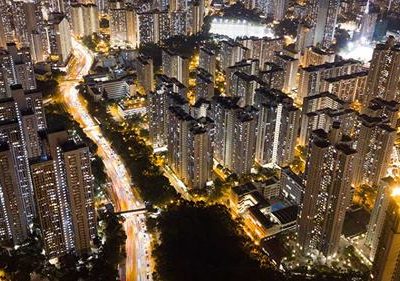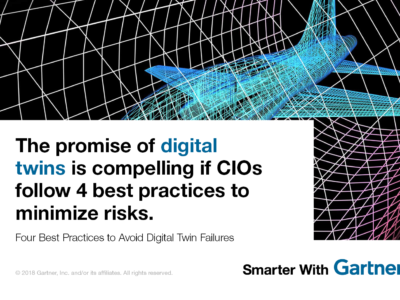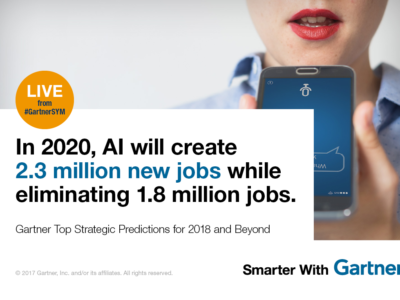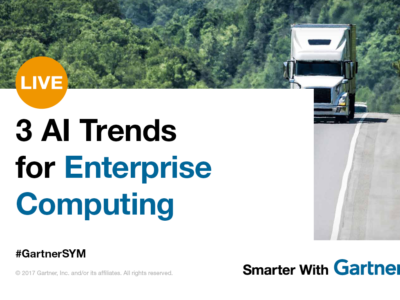COP21: Can The Internet of Things Improve Organizations’ Sustainability Performance?
Information and system intelligence and analytics, enabled by the Internet of Things, can accelerate sustainable development.
For the first time in over 20 years of UN negotiations, COP21 in Paris will aim to achieve a legally binding and universal agreement on climate control, with the aim of keeping global warming below a 2°C/36°F increase. Bettina Tratz-Ryan, research vice president at Gartner, shares her thoughts on how information and system intelligence and analytics, enabled by the Internet of Things (IoT), can accelerate sustainable development.
Q: While the private and public sectors both look at addressing climate change, accelerating green growth and sustainable development, which technologies and approaches have shown encouraging results?
The ability to perform real-time analysis on any operation or process is a key game changer in creating environmental benefits. The input is delivered through sensors of all kinds. In the IoT that can be the “eyes and ears” in whatever we do.
Linking vehicles, commuter traffic and air emissions to air quality is giving traffic management the right data to manage road guidance and parking. Real-time energy consumption patterns in buildings linked to time of day and people traffic help real estate management to reduce operational cost, greenhouse gas (GHG) emissions and the environmental footprint.
In addition, applications and social networks allow us to share our personal environmental best practices with others, creating a dynamic community approach. All of these methods have one thing in common: the ability to leverage data to make real-time changes toward a more sustainable outcome.
Q: Many large municipalities have embraced the “smart city” concept in recent years. What are the best examples?
The best examples of a smart city are those that implement smart technology solutions to improve its operations, but are simultaneously able to demonstrate a direct citizen influence. Social inclusion, sustainability and climate change impact, as well as digital citizenship, are key areas in smart cities that address economic, social demographic and environmental strategies, which can initiate tangible outcomes.
Cities such as Copenhagen (Denmark), Portland (United States) and Kyoto (Japan) embed the environment with quality of life and smart urban management. Climate resilience is achieved not only by planning around emergencies, but by building a community that focuses on waste management and recycling, renewable energy and resource efficiency, air quality, and reduction of GHG emissions.
Programs such as Recyclebank in the U.S. are impactful, creating a mentality of social benefits and competition in the recycling of household items. They are reducing the amount of waste going into landfills and engraving waste reduction into the day-to-day life of people, creating a behavioral shift.
Q: How can the IoT improve enterprises’ sustainability performance?
The IoT unlocks the potential of analyzing real-time data from different business processes and visualizes resource inefficiencies. In addition, the increasing availability of data sources from the IoT will bring more information on the context in which the sensor is monitoring an environmental event or state. That context provides insight into an assessment of the dependencies between user or operator behavior, machine-technology-process operations, or external influences that could lead to environmental inefficiencies.
Furthermore, engaging employees with the environmental policies of the organization through dashboards or gamification creates not only buy-in, but also commitment and recognition. Generation Y or Z employees have a strong interest in the value-driven code of their employers, which includes sustainability performance.
Gartner clients can read more in the reports “Innovation Insight: Smart City Aligns Technology Innovation to Citizen Expectations” and “Market Trends: Building Smart City Information and Digital Business Value Through City Data”.










